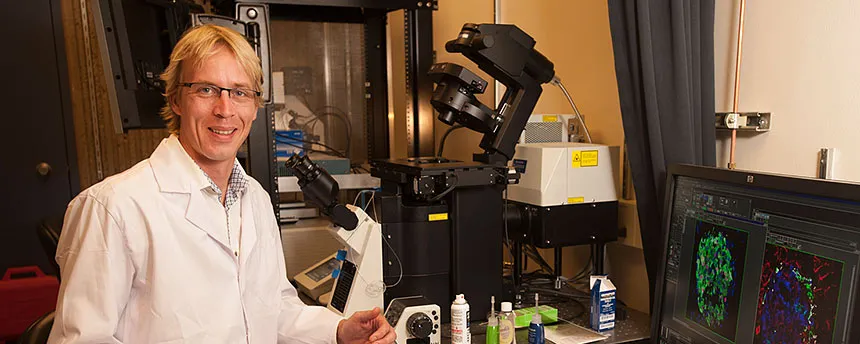Diabetes is one of those diseases that is booming, the more we advance, the more diabetes we have.It is true that some people may have some predisposition to suffer from diabetes for their genetics, but poor diet is one of the great causes of diabetes in the 21st century, especially in developed countries such as, for example, in the United States.
In Spain we are not far behind and, according to the Diabetes Foundation, 13.8% of Spaniards over 18 suffer from some type of diabetes.It is a worrying figure, of course, and therefore the researchers are now immersed in different studies to discover a new way of producing insulin.
The latest studies have managed to find a new cell capable of producing insulin and would be very useful for people suffering from type 1 diabetes. This cell could regenerate the lost function of type 1 diabetes, which would guarantee a higher quality of life tothe people who suffer from it.
Almost a third of the population over 18 suffers from some type of diabetes.
In type 1 diabetes, cells that are responsible for producing insulin in the pancreas die and do not become replaced, what does this mean?That the body loses the ability to control blood glucose, so it shoots.That is why the solution for type 1 diabetes must be responsible for avoiding the death of beta cells and, on the other hand, it should also try to regenerate so that, in case of the death of some, there is no deficit.
The study has been carried out by the Mark Huising team, from the University of California, and have discovered a new research path in which they have managed to regenerate beta cells thanks to the new obtaining information on the underlying mechanisms in ahealthy metabolism and the underlying in diabetes.The ultimate goal of this research is to achieve the cure of diabetes, but, for the moment, they are trying to create better diabetes treatments.
Mark Huising team is studying the way in which cells work together in Langerhans islets, which are pancreatic islets, to be able to regulate the blood glucose level.Keep in mind that these islets contain beta cells, which means that they identify glucose and produce insulin to reduce it.But they are not the only cells that are found here, alpha cells that produce glucagon also live, a hormone that raises blood sugar.
Type 1 diabetes
The mixture of insulin and glucagon, which produce opposite effects, allow the body to regulate the blood sugar level and store nutrients, so it is considered as possible remedy for type 1 diabetes.
Alpha cells live together at the edges of the so -called islets and are being considered as a type of beta immature cell that, after maturing, give full beta cells.Does this mean that the solution to type 1 diabetes is closer?It is possible, although they declare that they have to continue investigating to find the final solution.




